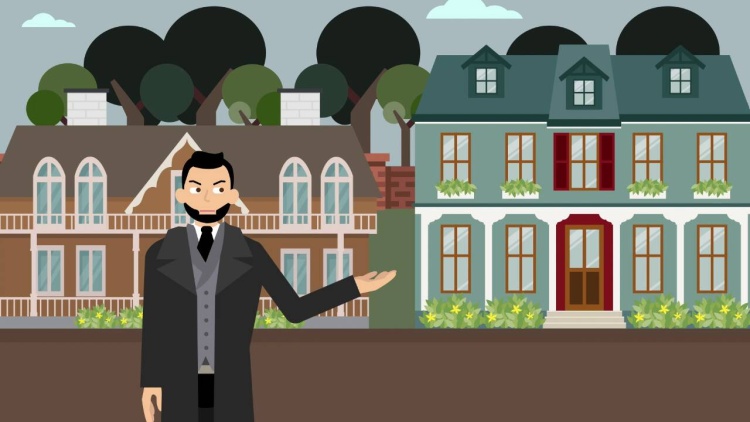Surocco v. Geary
Supreme Court of California
58 Am.Dec. 385, 3 Cal. 69 (1853)
- Written by Abby Roughton, JD
Facts
On December 24, 1849, there was a large fire in San Francisco, California. During the fire, public official John Geary (defendant) entered the house and property of Pascal Surocco (plaintiff) and blew up gunpowder inside. Geary’s actions resulted in the destruction of Surocco’s entire house and property. However, Geary claimed that the destruction was necessary because the house and property were certain to have been consumed by the fire and would have spread the fire to other adjacent buildings. Geary also claimed that he had the authority to destroy the house and property by virtue of his position. There was evidence that the fire had in fact reached Surocco’s house and property very quickly and would have destroyed them if Geary had not already blown them up. Prior to Surocco’s home being destroyed, Surocco was in the process of removing his personal property from inside. Surocco could have successfully removed almost all of his personal property if Geary had not ordered the building destroyed. Surocco sued Geary to recover damages for the destruction. The trial court found for Surocco and awarded Surocco damages. Geary appealed. On appeal, Surocco asserted that the destruction was an unconstitutional taking of his house and property for public use without just compensation.
Rule of Law
Issue
Holding and Reasoning (Murray, C.J.)
What to do next…
Here's why 899,000 law students have relied on our case briefs:
- Written by law professors and practitioners, not other law students. 47,000 briefs, keyed to 994 casebooks. Top-notch customer support.
- The right amount of information, includes the facts, issues, rule of law, holding and reasoning, and any concurrences and dissents.
- Access in your classes, works on your mobile and tablet. Massive library of related video lessons and high quality multiple-choice questions.
- Easy to use, uniform format for every case brief. Written in plain English, not in legalese. Our briefs summarize and simplify; they don’t just repeat the court’s language.





